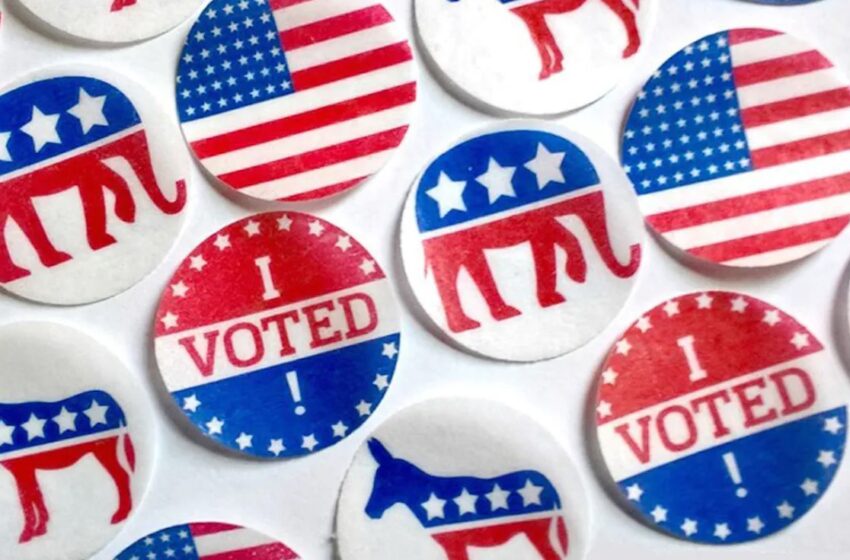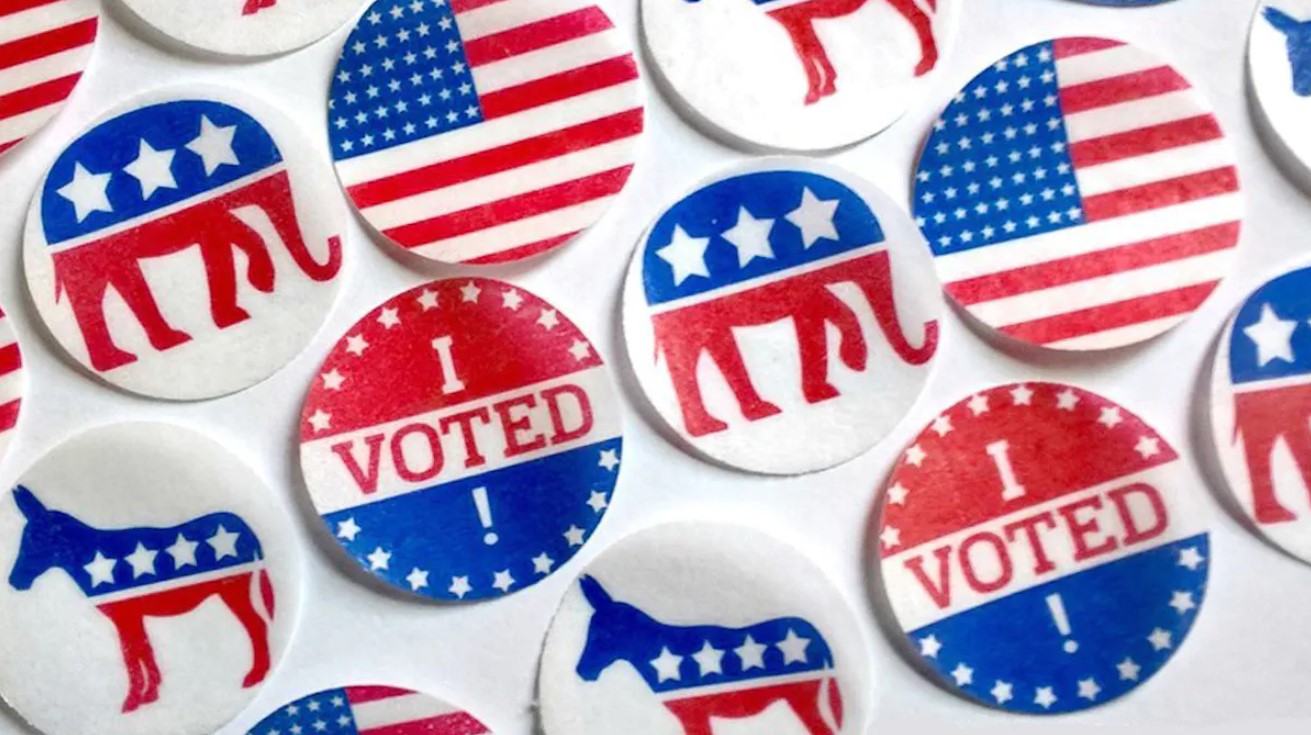Indian voters in the US tend to be Democratic: Pew Survey


In 2021, 13.4 million Asian Americans including 2.1 million Indians were eligible to vote, making up 5.6% of all eligible voters
Around two-thirds of US registered voters who are Filipino (68%), Indian (68%) or Korean (67%) identify as Democrats or lean Democratic, according to a Pew Research Center survey of Asian adults.
Overall, about six-in-ten Asian American registered voters (62%) identify as Democrats or lean to the Democratic Party, and 34% are Republicans or Republican leaners.
But about half of Vietnamese American registered voters are Republicans or lean to Republican Party (51% Republican, 42% Democratic) – the highest share across the five largest Asian origin groups in the United States, according to the survey conducted from July 2022 to January 2023.
Read: Asian Americans share a sense of belonging in the US: Study (August 2, 2022)

Asian voters are more likely than voters overall to affiliate with the Democratic Party: US registered voters are about evenly split between the Democratic Party (47%) and the Republican Party (48%).
Among Asian registered voters, majorities across most demographic groups favor the Democratic Party, but there are some differences by age, gender and other factors, according to the survey:
Younger Asian registered voters are far more likely than older ones to tilt Democratic. Among all Asian Americans who are registered to vote, 88% of those under 30 identify with or lean to the Democratic Party, compared with 67% of those ages 30 to 49, 51% of those 50 to 64 and 48% of those 65 and older.
Just 11% of Asian registered voters under 30 are Republicans or lean Republican, compared with larger shares in older age groups. Among Asians 65 and older, for instance, 43% are Republicans or Republican leaning.
Among Asian registered voters, women are more Democratic than men. About two-thirds of Asian women who are registered voters are Democrats or lean to the Democratic Party (67%), compared with 56% of Asian men.
Asian registered voters with a lower level of education are somewhat more likely to support the Republican Party.
For instance, 45% of those with a high school diploma or less education are Republicans or lean Republican, compared with 30% of Asian voters with a bachelor’s degree and 27% of those with a postgraduate degree.
Asian registered voters born in the US are more likely than those who immigrated to the country to affiliate with the Democratic Party.
About three-quarters of those born in the US are Democrats or lean Democratic (73%), compared with 56% of foreign-born Asian registered voters. A quarter of US-born Asians are Republicans or lean Republican, as are 39% of those who are foreign born.
About four-in-ten foreign-born Asian registered voters who have lived in the country for more than 20 years identify as Republican or lean to Republican (42%). This compares with about a third (32%) of those who have spent 11 to 20 years in the US.
Asian Americans represent a relatively small but fast-growing segment of the US electorate. In 2021, 13.4 million Asian Americans were eligible to vote, making up 5.6% of all eligible voters, according to a Pew Research Center analysis of the 2021 American Community Survey.
In 2021, the 2.8 million Chinese American eligible voters in the US accounted for the largest population of any Asian origin group, followed by Filipino (2.6 million), Indian (2.1 million), Vietnamese (1.3 million) and Korean American (1.1 million) eligible voters.
As of 2021, the majority of Asian American eligible voters (56%) live in just five states. The state with the highest share is California, which is home to 4.3 million Asian eligible voters – accounting for about a third (32%) of the total Asian eligible voter population.
The state with the second-largest share of Asian American eligible voters is New York (1.1 million), followed by Texas (960,000), Hawaii (575,000) and New Jersey (545,000).
Read: Asian voters in the U.S. tend to be Democratic, but Vietnamese American voters are an exception (May 25, 2023)
Among each of the country’s five most populous Asian origin groups, California also has the highest share of eligible voters of each group.
This includes about four-in-ten eligible voters who are Filipino (41%), Chinese (38%) or Vietnamese (37%). Three-in-ten Korean eligible voters (29%) and one-fifth of Indian eligible voters (20%) live in California as well.
The state with the second-largest share of eligible voters among each origin group varies. Some 14% of Vietnamese eligible voters live in Texas, and 7% of Filipino eligible voters live in Hawaii. New York is home to 15% of Chinese, 11% of Indian and 7% of Korean eligible voters.

